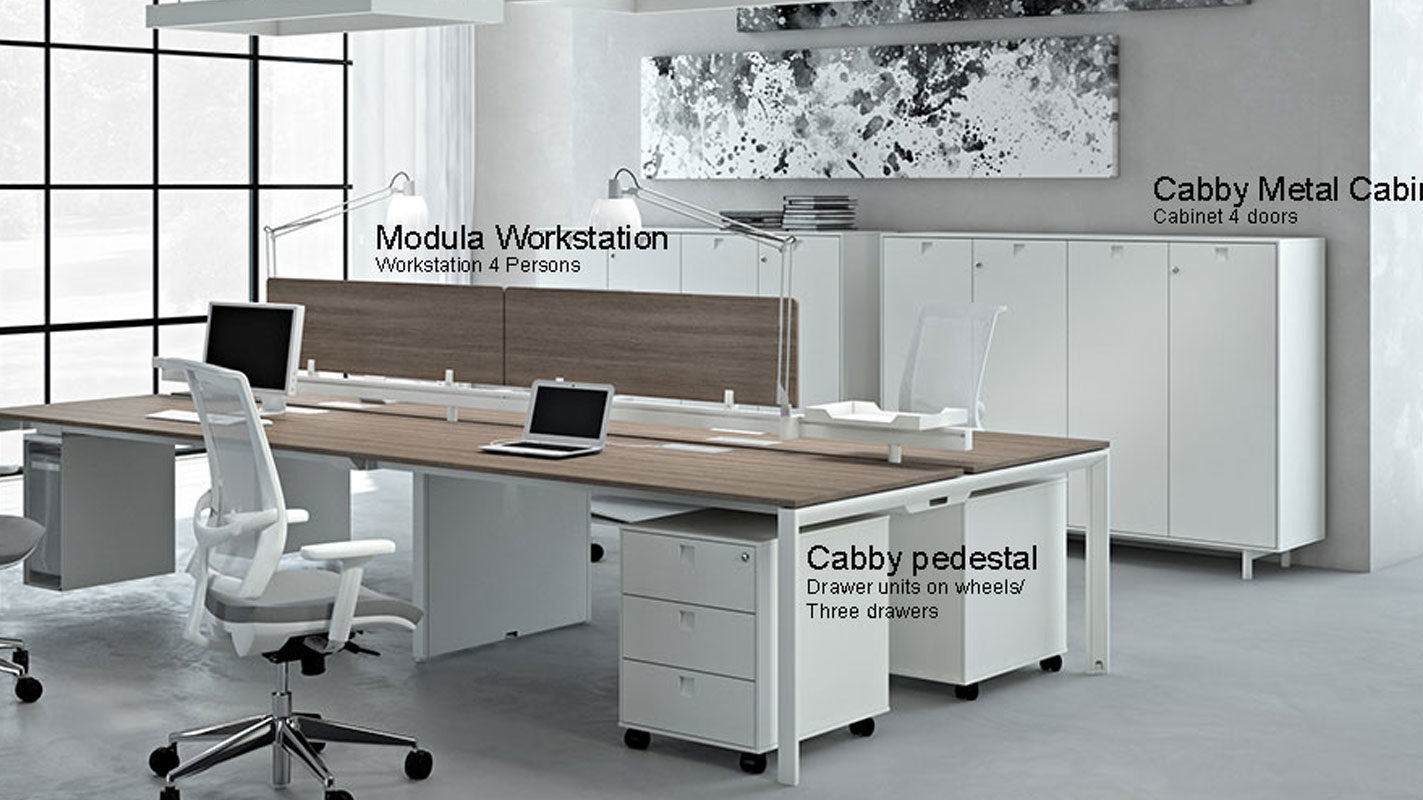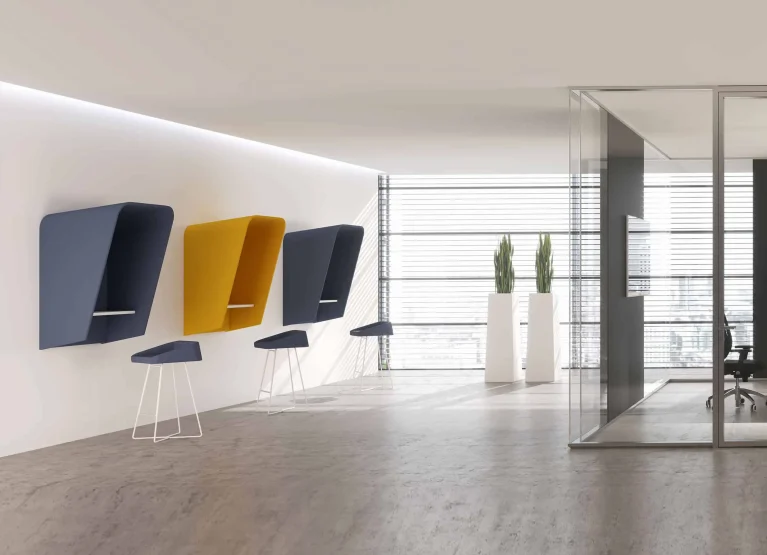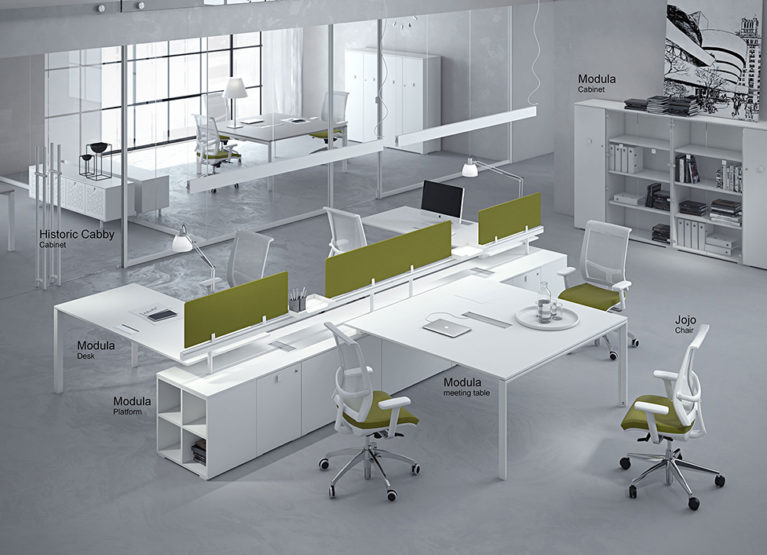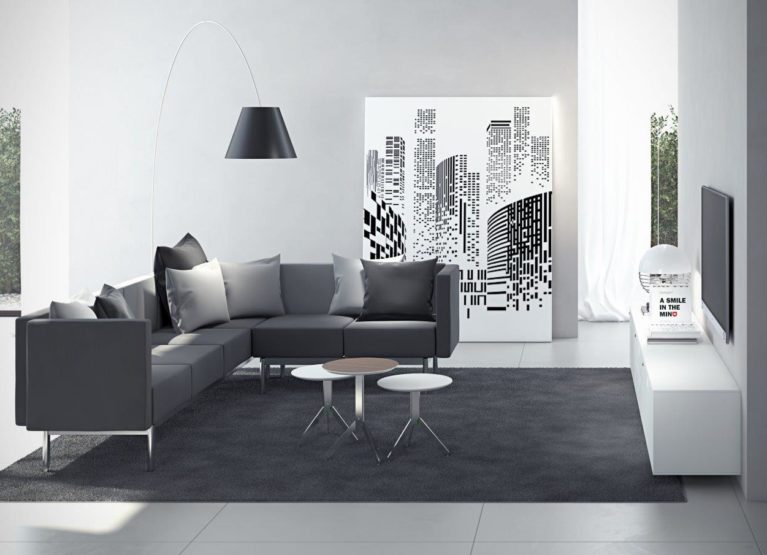In order to setup an ergonomic office, let’s first clear out that it’s no myth. Ergonomics were first introduced in 1857 through the Greek culture; explaining how natural science could be applied to the work process. Everything we use at work is considered here, from the office environment or the graphics we see when we press a button on our computer, to the design of office furniture like the dimensions of our desks or the backs of our chairs. When we apply ergonomics in our offices; we prevent physical strain, reduce stress, and achieve better performance as well as an overall ambiance of teamwork, innovation, and reliability.
Convinced? Now let’s see how we can make it happen:
- Set up the office space environment so that it’s well ventilated, well lit, relatively quiet, spacious, as well as private, while enabling teamwork. Avoid the flashing of sunlight in your monitor and make the brightest light source on your side.
- Position the monitor so that as you sit back and extend your arm, your fingers land on the screen and adjust its height so that your eye level is slightly below the monitor top.
- Combine the keyboard and mouse on a pull-out tray, if possible, and center the keys you’re actually using; not the keyboard itself.
- Get an ergonomic chair from any specialized office furniture manufacturer or office chairs specialist. It should be adjustable in height and back angle with a lumbar support for your middle inward spinal curve. The chair should be cushioned in the seat and back with breathable fabric; featuring a rounded seat edge that does not touch your knees when you sit up straight. Armrests should be low enough for your elbows, and the chair should be with wheels and should easily swivel so you don’t need to stretch or turn to reach for items; putting strain on your body.
- Sit up straight keeping your upper arms vertical, your elbows at 90-100 degrees, your back at 100 -110 degrees backwards, your thighs horizontal, lower legs vertical and your feet flat on the floor; or on a footrest.
- Straighten your wrists as you type on the keyboard while relaxing your shoulders and back. When not typing, rest your wrists on the wrist rests or rest your elbows on the armrests during longer breaks.
- Clear the top of your workstation keeping only commonly used items within reach while the rest should go in drawers or lockers. The worktop thickness should be as narrow as one inch to leave space for the keyboard/mouse tray or for your thighs and keep it clear under your desk!
- Take a Break every 20 minutes by looking at something across the room for 20 seconds to rest your eyes. Every hour, get off the desk and walk around or simply get up and stretch.





